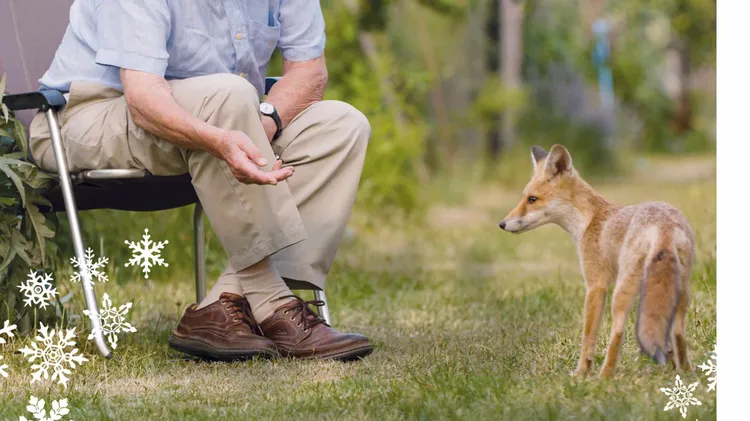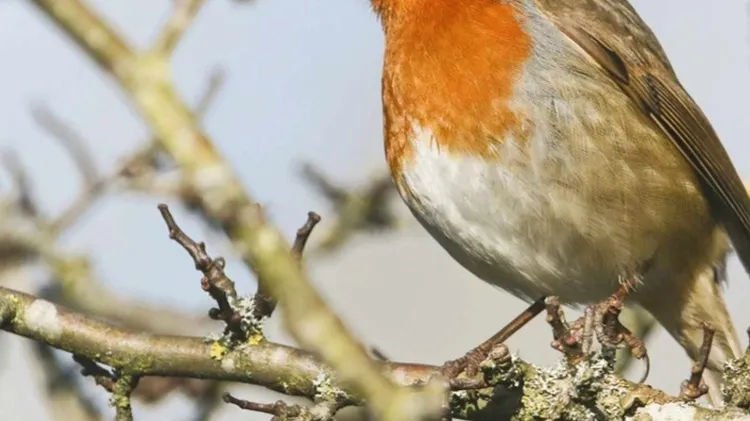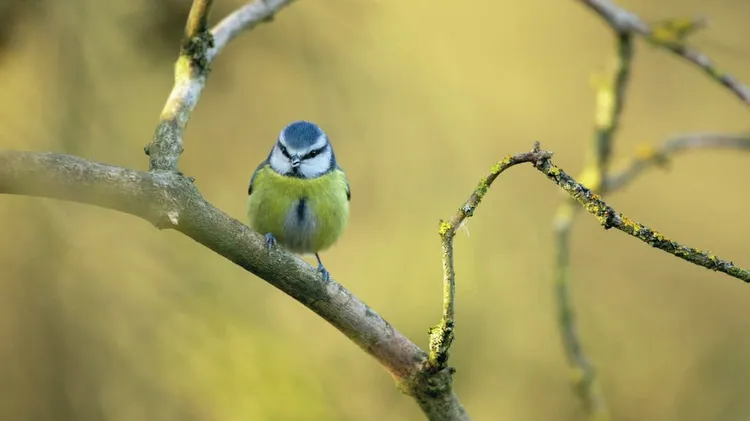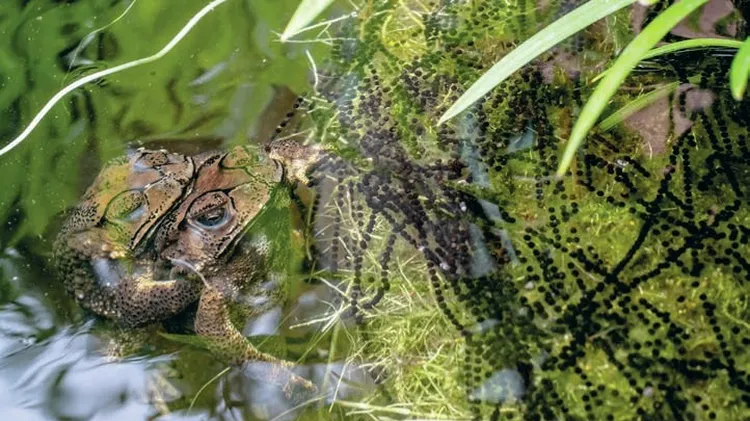We adore hedgehogs – but how much do we really know about our prickly frie
Hero of the hedge
7 min read
This article is from...
Read this article and 8000+ more magazines and newspapers on Readly






